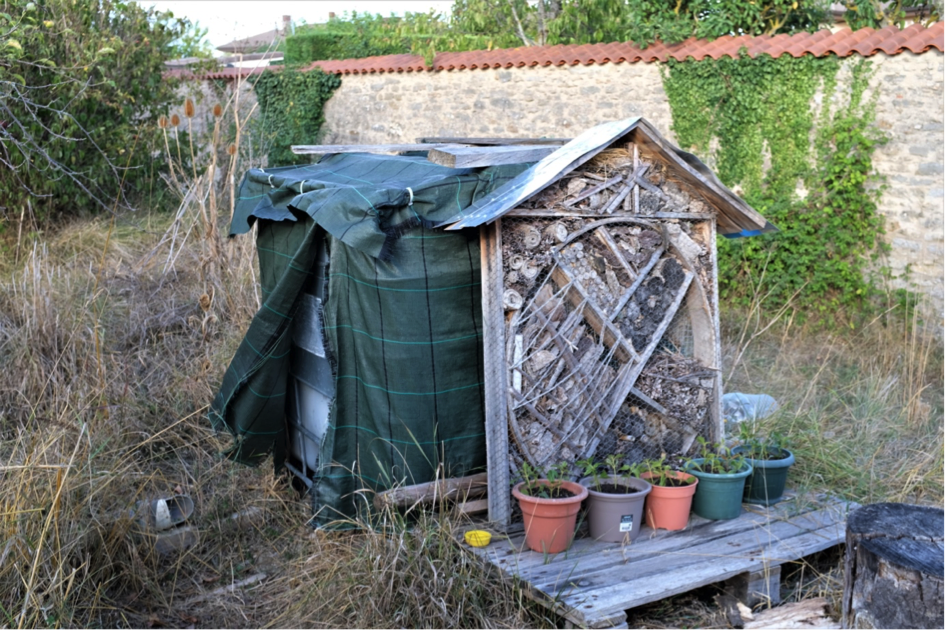In the Salburua neighbourhood, a relatively new part of the city, an area regulated for urban gardening never materialized due to economic downturns around the 2008 financial crisis. Two women from the neighbourhood decided to take action and started the grassroot organisation of a local gardening group. The group considered various options in urban gardening, organisation models and guiding objectives, and ended up creating an edible forest. Creating an edible forest involves imitating natural processes for the forest to develop and grow into an ecosystem that demands less and less maintenance and control. Rather than focusing on the results, the harvest, of the project, the group focuses on the process itself of creating an edible forest together: learning about nature and ecology, co-creation, physical work, and social cohesion. Or as one of the active members put it: creating community.
The Basalburo edible forest association has met various obstacles. In the beginning, the group spent a lot of time and resources on continuous negotiations with the authorities about formalities and economic support, and the members had to cover most of the expenses themselves. After three years, the initial area was rezoned to housing, meaning that sooner or later the early-stage forest would be cut down. The group moved to an area in the peripheral zone of the protected Salburua wetlands, a nature reserve, now relatively safe regardless of changing political authorities. They now decided to slightly re-organize and formalize the organisation in order to facilitate cooperation with the municipality and make the activities financially feasible. The forest would now be a place for ecological educational activities, to build social cohesion in the neighbourhood and to invite other local organizations and institutions to get involved in the maintenance activities. On a monthly basis, there are organized activities in the forest, mainly aimed at children and young people. The group is now financed by the municipality on an annual basis.
Compiled by the Western Norway Research Institute




